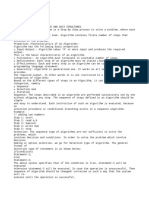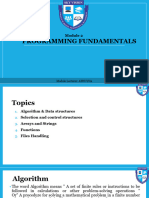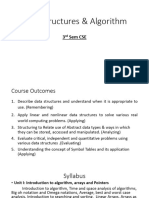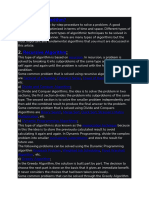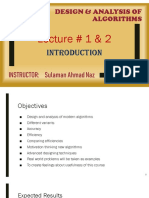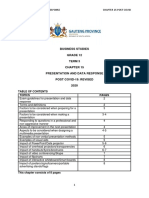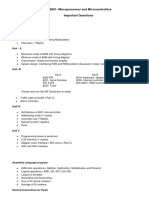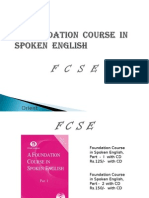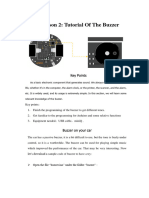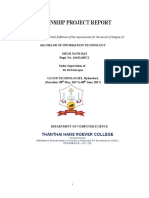0% found this document useful (0 votes)
7 views14 pages1 - Introduction To Algorithms
The document provides an introduction to algorithms, defining them as sequences of instructions for problem-solving with characteristics such as input, output, finiteness, definiteness, and effectiveness. It discusses the analysis of algorithms based on time and space complexity, introducing asymptotic notations like Big Oh, Big Omega, and Big Theta for efficiency evaluation. Additionally, it outlines important problem types and fundamental data structures relevant to algorithm design.
Uploaded by
klavidaesbella56Copyright
© © All Rights Reserved
We take content rights seriously. If you suspect this is your content, claim it here.
Available Formats
Download as PDF, TXT or read online on Scribd
0% found this document useful (0 votes)
7 views14 pages1 - Introduction To Algorithms
The document provides an introduction to algorithms, defining them as sequences of instructions for problem-solving with characteristics such as input, output, finiteness, definiteness, and effectiveness. It discusses the analysis of algorithms based on time and space complexity, introducing asymptotic notations like Big Oh, Big Omega, and Big Theta for efficiency evaluation. Additionally, it outlines important problem types and fundamental data structures relevant to algorithm design.
Uploaded by
klavidaesbella56Copyright
© © All Rights Reserved
We take content rights seriously. If you suspect this is your content, claim it here.
Available Formats
Download as PDF, TXT or read online on Scribd
/ 14





